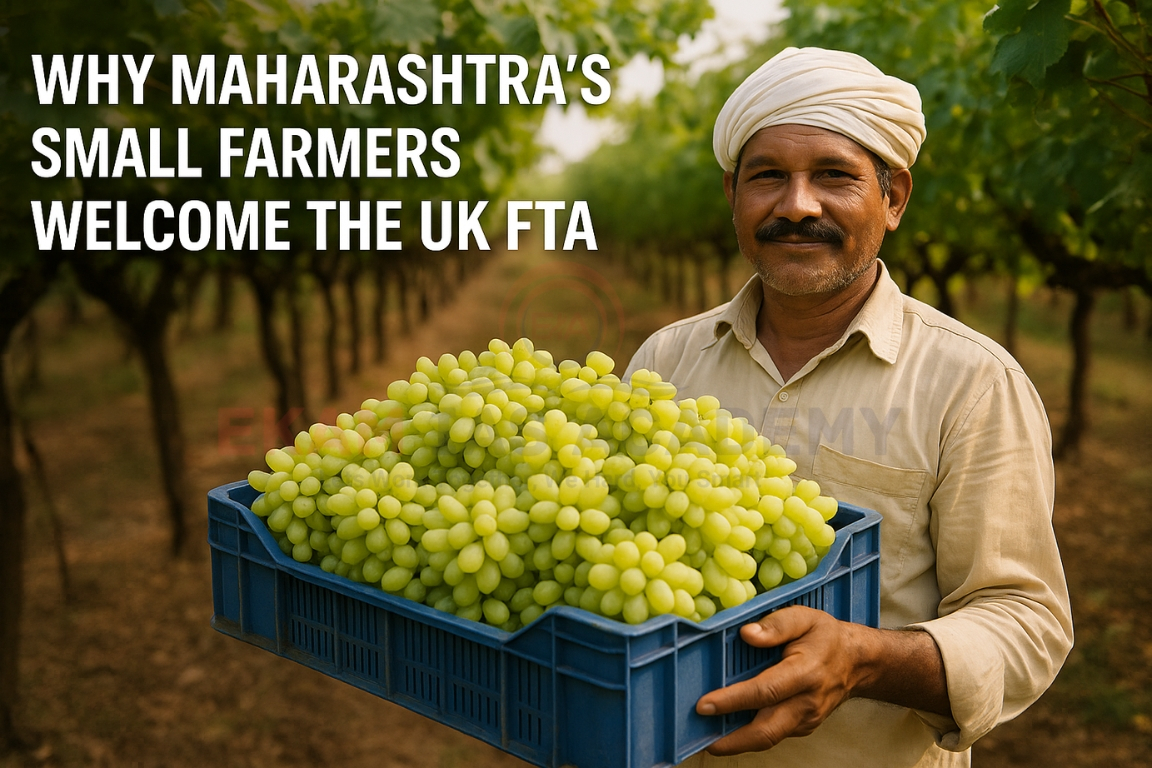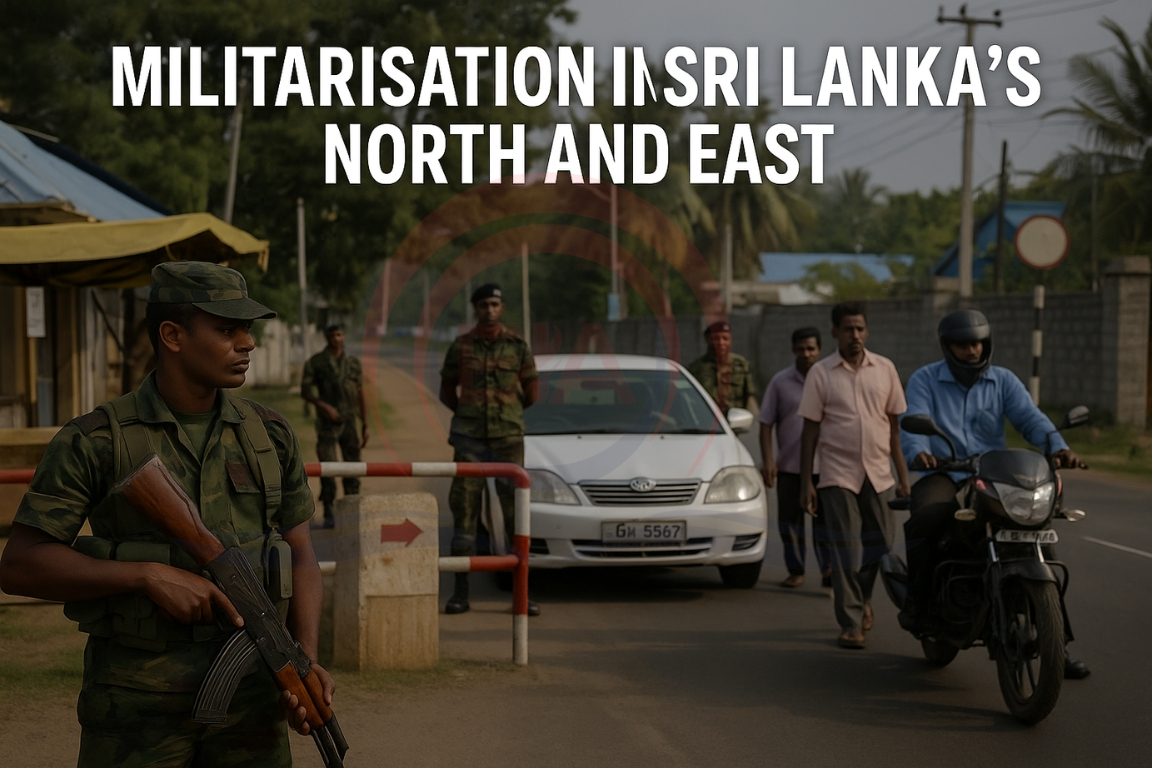At the June 2025 NATO summit, member nations agreed to raise military spending targets to 5% of GDP by 2035, sparking concerns about the impact on global peace, public welfare, and development funding.
Why This Issue Matters
- Military spending has risen sharply worldwide, reaching $2.7 trillion in 2024, a 9.4% jump from the previous year.
- This trend could reduce funding for essential areas like health, education, and climate change, especially in poorer nations.
Global Military Spending Trends
- Highest ever annual increase (2024) since 1988 due to ongoing wars (e.g., Russia-Ukraine, Israel-Gaza).
- SIPRI data shows spending rose to 2.5% of global GDP, compared to 2.1% in 1998.
- Historically, Cold War era had the highest defence share — 6.1% of GDP in 1960.

Top Global Military Spenders
- USA leads at $997 billion, followed by China, Russia, Germany, and India ($86.1 billion).
- NATO members together spend over $1.5 trillion, accounting for 55% of global defence spending.
- Some nations spend a large share of GDP on defence (e.g., Saudi Arabia – 7.3%, Poland – 4.2%, US – 3.4%).
Impact on Public Welfare
- Research shows higher military budgets reduce health and welfare spending, especially in middle and low-income countries.
- Spain rejected the 5% NATO goal, calling it “unrealistic” due to the likely reduction in social benefits.
- Even UN funding is affected: with a $44 billion budget, the UN received only $6 billion, forcing it to cut back.
Humanitarian Impact
- Closure of USAID and reduced foreign aid may lead to 14 million extra deaths by 2030, including 5 million children.
- The Lancet study showed that past health aid prevented 91 million deaths in 20 years.
Effect on Climate Goals
- Increased military activity leads to more emissions.
- NATO’s 3.5% GDP target could cause 200 million tonnes of extra CO₂ annually.
- This undermines efforts to combat climate change and achieve Sustainable Development Goals (SDGs).
India’s Situation
- India spends 2.3% of GDP on defence, but only 1.84% on health, below the 2.5% target of its own policy.
- After Operation Sindoor, an extra ₹50,000 crore was allocated for defence.
- In contrast, Ayushman Bharat health funding was only ₹7,200 crore for 58 crore people.
NATO
NATO is a military alliance of 32 countries from North America and Europe formed to protect each other in case of armed attack.
- It was established on April 4, 1949, with the signing of the North Atlantic Treaty (Washington Treaty).
Main Purpose
- To ensure collective defence, meaning if one member is attacked, it is considered an attack on all (as per Article 5).
- Also works on crisis management, cooperative security, and deterrence.
Current Focus Areas
- Tackling new-age threats like cyber attacks, terrorism, and hybrid warfare.
- Strengthening defence spending, partnerships, and readiness in response to modern conflicts like Ukraine-Russia war.
Conclusion:
The push for higher military budgets, driven by global conflicts and strategic fears, may come at the cost of health, climate action, poverty eradication, and global peace. A balanced approach is essential for sustainable human development.





